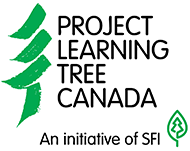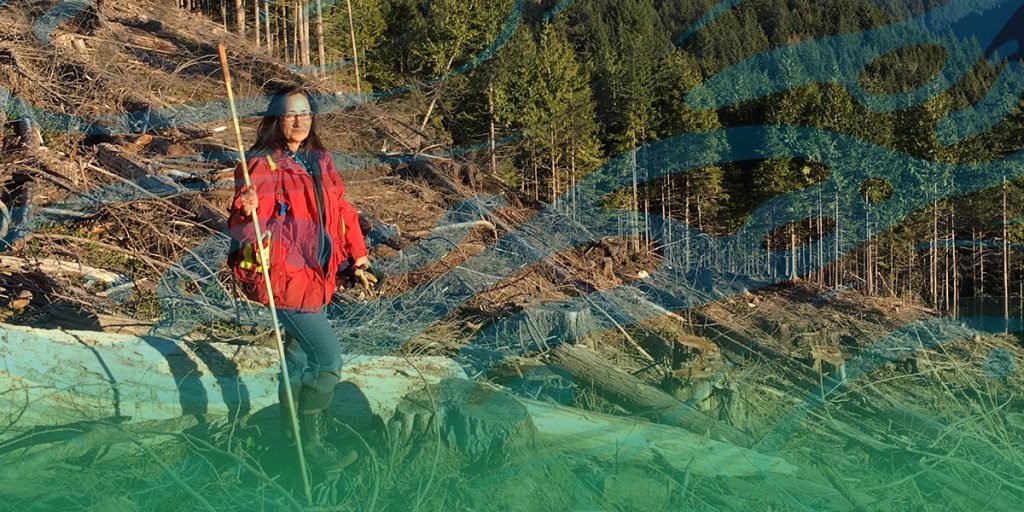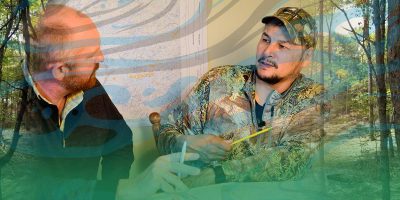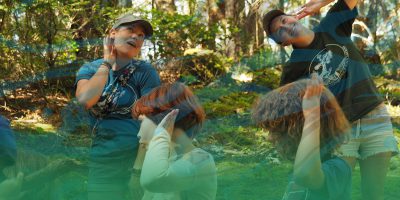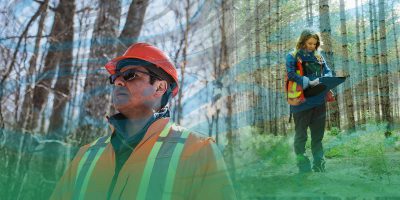Career Fact Sheets
Silviculture Technician
Silviculture technicians work with foresters to manage forests sustainably. Before harvesting, they conduct site assessments and plan seeding requirements. They might also flag trees and boundaries, establish new logging roads, and calculate the yield of trees in a block. After harvesting, they begin the process of regenerating forests, such as supervising planting. As the forest matures, they help to decide how much space to give each young tree, how much to prune them, and how much to fertilize them. Silviculture technicians also support wildfire management plans and are on the scene when forest fires occur. They might also help to coordinate the work of other professionals, such as archeologists or biologists, when they conduct their own evaluations. Similar positions to a silviculture technician
Works withIs it right for me?If you enjoy being outdoors, being active, and helping forests, then this work could be right for you. Silviculture technicians need to be physically fit and comfortable using tools, machines and operating equipment. They work in all types of weather conditions. They also need management and people skills to lead tree planting crews and enforce reforestation rules. Communication skills also help when listening and responding to the public. Take our Green Jobs personality quiz Silviculture technician SalarySalaries vary based on location and years of experience. The average salary in Canada is $52,000. The salary for an entry-level position starts at $40,000, and an experienced silviculture technician can earn up to $65,000. Silviculture technician education*To work as a silviculture technician, you will at least need a college diploma. You will also require experience in the field, which many institutions in Canada offer as part of their programming. Eventually, it will help if you know about silviculture policies in your province. In high school, take classes in science, math (especially calculus), geography, and social sciences. College
University
*Not a complete list of resources. More resources |
